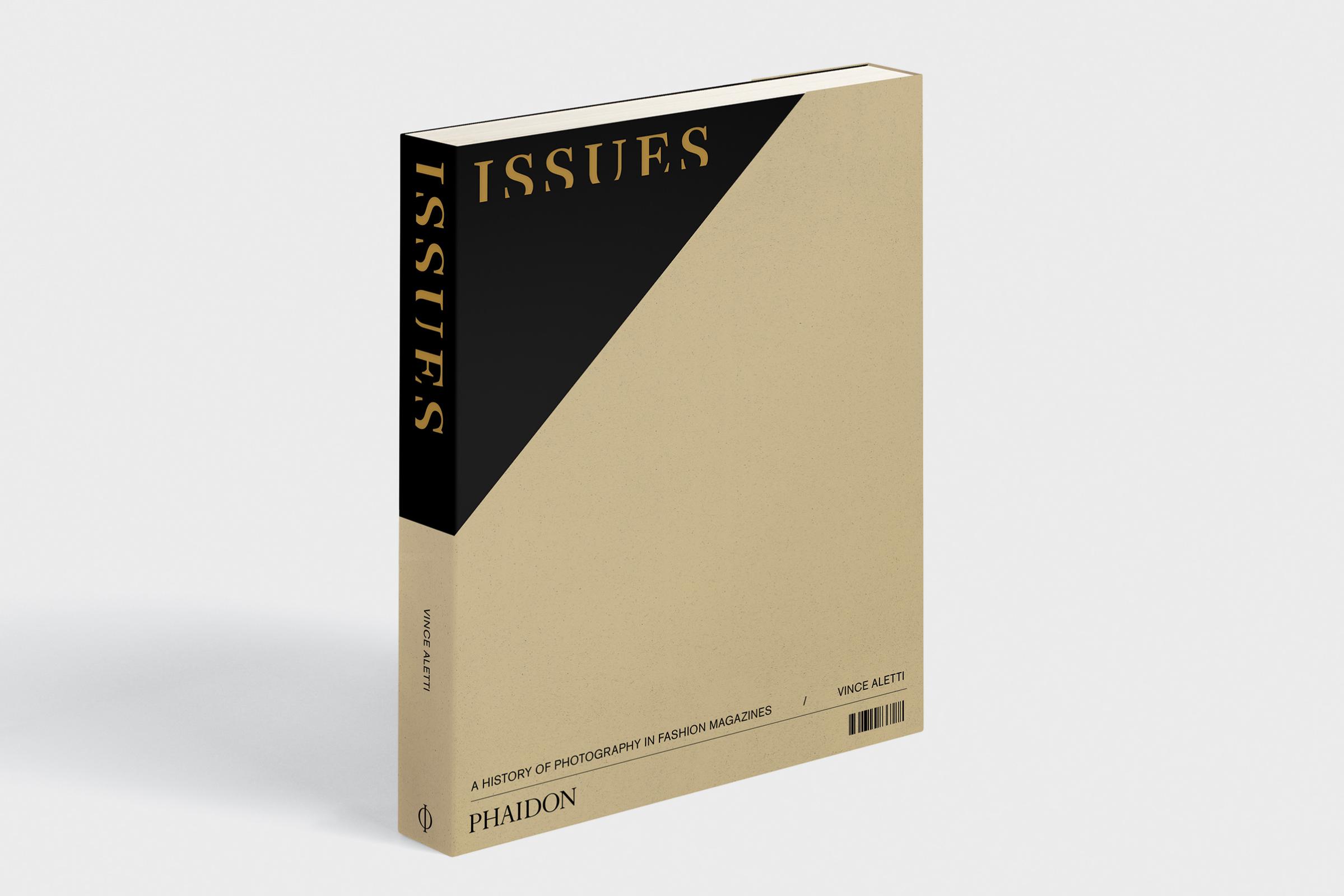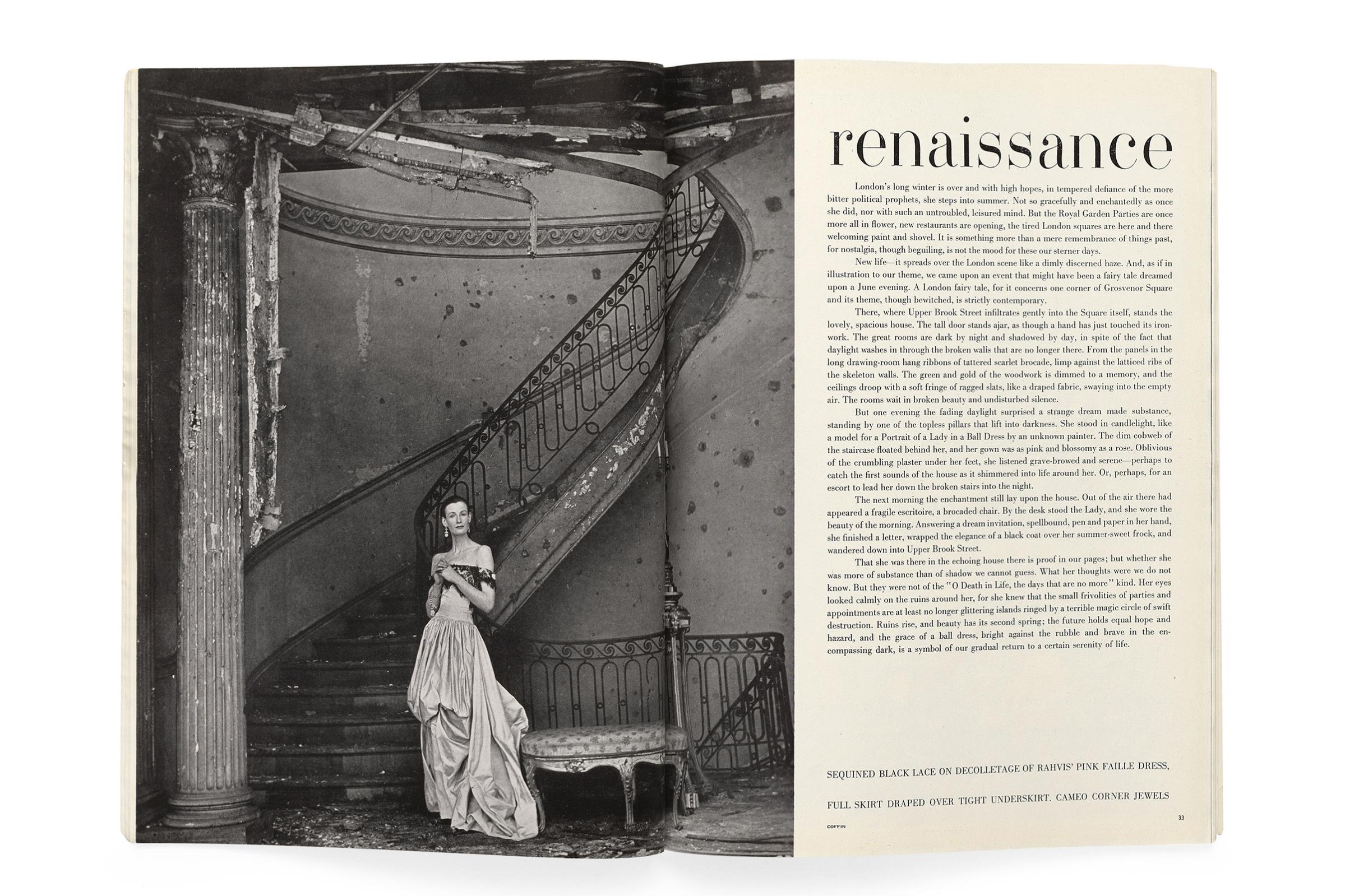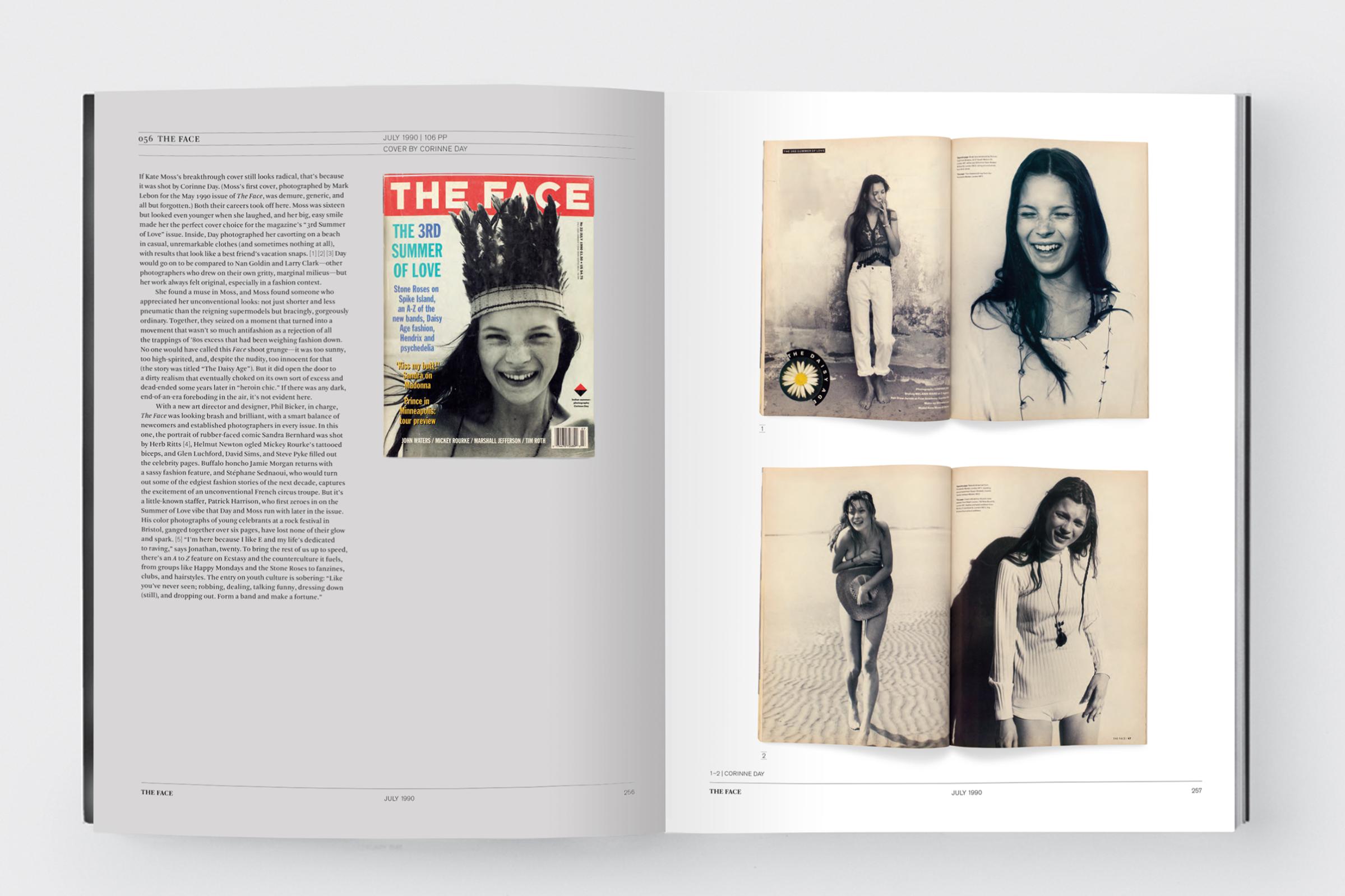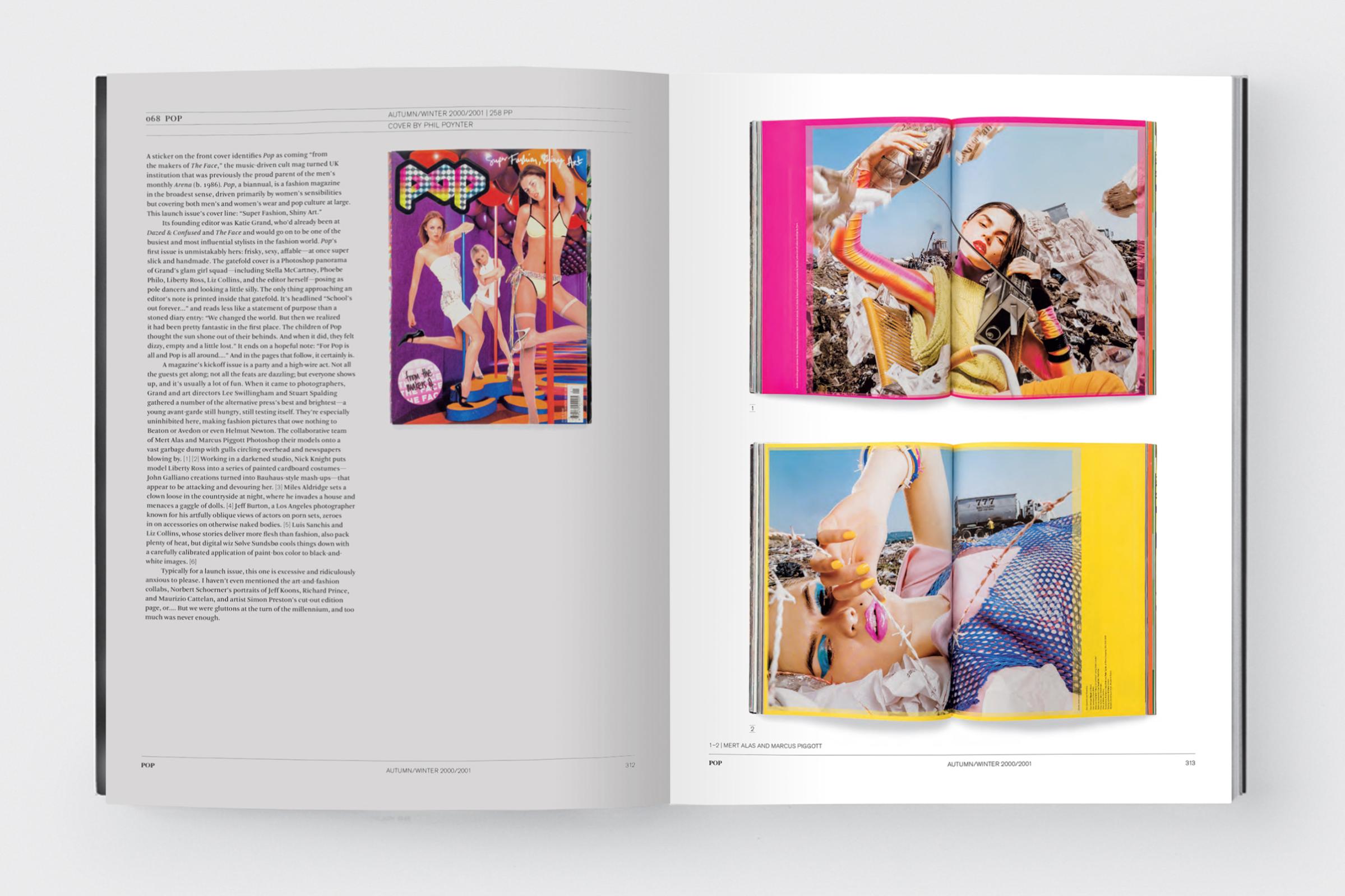
Over the course of six decades, Vince Aletti, perhaps best known for his two-decade-long role as the photography critic at the Village Voice, has collected tens of thousands of magazines. Issues from nearly every era of the last century reside in neat stacks all over his East Village apartment, the treasured tokens of a life-long love and commitment to visual culture. All of which is to say, Aletti is hardly a casual magazine enthusiast — he may, in fact, be one of the world’s biggest magazine superfans.
“I am obsessed,” Aletti told TIME of his magazine fixation. “I’m someone who wants to see everything as soon as it comes out.”

Aletti’s ardent love affair with printed matter is the inspiration behind his book Issues: A History of Photography in Fashion Magazines, a collection of the most influential 100 fashion magazine issues from 1925-2018. The tome (which features chronological selections of magazines like American, British, French, and Italian Vogue, Harper’s Bazaar, The Face, Fantastic Man, W, i.D. and Document Journal) not only celebrates the often iconic photography that emerged in fashion publications, but confirms fashion magazines’ role in fostering photography talent and helping to contribute to some of the most influential images of our time.

“I wanted to make it clear how important fashion magazines were to the history of photography and print because so many photographers worked very actively in magazines for years before they were seen in galleries,“ Aletti said, noting that photographers like Lee Miller, Diane Arbus and Robert Frank were all employed by magazines before they were recognized outside of fashion, and that photographers like Irving Penn were given regular space to experiment with their craft.
“Magazines were especially welcoming environments for great photography, partly because art directors at most major fashion magazines were interested in great photography and not just great fashion photography. I think that fashion magazines see their audience as kind of sophisticated, cultured people who are interested in not just fashion but the culture at large. That’s why fashion magazines have been such supporters of fine photography over the years… they value photography and they value fashion photographers who are at the top of their game and can turn fashion work into something that’s not just about the clothes.”

Aletti’s own magazine obsession was sparked after he saw Harper’s Bazaar April 1965 issue, an edition that celebrated Richard Avedon’s 20th anniversary with the magazine. The famous cover featured a futuristic Jean Shrimpton in a pink space helmet, while the lineup of the magazine was an exuberant celebration of the vibrant cultural shake-up of the Sixties: the space race, pop art and plenty of mod fashion.
“I remember buying it at the time, I was still in college,” Aletti said, noting that he tore the cover off and put it on the wall of his dorm room and every apartment he had afterwards for years. “It was this really great moment of pop culture and he was really celebrating it. It followed me around for a while until I realized that I really should have that whole issue, but I tore it up and destroyed it, so I began searching for that particular issue and that kind of led me to a whole lot more.”

In Issues, the idea of the issue as being greater than the sum of its parts is inherent; in addition to the covers, each featured issue features a selection of the photo spreads and editorials in their original layouts with Aletti’s commentary on each. Showing the context of the photographs was extremely important to Aletti, who advocates stoically for the value of keeping print alive in the age of Instagram.
“I still think it’s important to see an image on the printed page and an image next to the image next to it in a way that’s not possible on Instagram,” he explained. “What I really like about magazines — and I think a lot of my book is about graphic design as well as photography, is that it’s important to see the whole sequence of a story, rather than just one picture at a time, which you can really only get by flipping through a magazine.”

Pointing to the spate of all-important September issues that have hit the shelves, Aletti stressed why the cover can be a distraction from being able to appreciate the magazine as a whole — a potential loss that’s only been heightened by the rise of social media and subsequently, the breakneck speed of cultural consumption.

“The content of magazines — it’s not just one story, not just a great picture, it’s a whole sequence of things, it’s a whole flow of material, so the cover is important as a selling point, but all you know is that Taylor Swift is on the cover of the September Vogue,” he said. “What you’re not seeing is the range of photographers inside, the different stories that are done, the still lifes, the portraits, and I think what makes magazines still valuable, to me, at least, is all that varied and if we’re lucky, extraordinary content.”

Still, Aletti is hopeful about the future of print magazines, buoyed by his love of photography and his staunch belief that good content will compel viewers to engage in a thoughtful way.
“Magazines do force you to slow down and really look at things and really absorb material and I resist anything that short circuits that,” he insisted. “I don’t think Instagram or any other form of getting material is any substantive for the experience of sitting with and absorbing the material of a magazine.”
More Must-Reads from TIME
- Why Biden Dropped Out
- Ukraine’s Plan to Survive Trump
- The Rise of a New Kind of Parenting Guru
- The Chaos and Commotion of the RNC in Photos
- Why We All Have a Stake in Twisters’ Success
- 8 Eating Habits That Actually Improve Your Sleep
- Welcome to the Noah Lyles Olympics
- Get Our Paris Olympics Newsletter in Your Inbox
Write to Cady Lang at cady.lang@timemagazine.com